China # 19 – Yungang Grottoes – September 2014
So, if you were driving into London to see the fabulous Saint Paul’s Cathedral, you might be shocked to realize that it had been completely carved out of a sandstone cliff. Well, welcome to China and Buddhism. As we walked toward the entrance of the Yungang Grottoes, an ancient Chinese Buddhist temple near the city of Datong, we could not help but be amazed (once again). We were staring up at one of the three most famous ancient Buddhist sculptural sites of China and an extraordinary example of rock-cut architecture.
The site is located in the valley of the Shi Li river at the base of the Wuzhou Shan mountains. They encompass examples of stone carvings from the 5th and 6th centuries AD. There are 53 major caves, along with 51,000 niches housing the same number of Buddha statues. Additionally, there are around 1,100 minor caves. A Ming Dynasty-era fort is still located on top of the cliff housing the Yungang Grottoes.
The sandstone cliff is about 2600 feet long and 30 to 60 feet high. As a UNESCO World Heritage Site, they are considered to be a masterpiece of early Chinese Buddhist cave art. Buddhism arrived in this location via travel on the ancient Northern Silk Road, a route that traders followed for over 1,600 miles, connecting the then capital of Xián to the west all the way to Kashgar, where we had started our journey nearly a month ago near the border of Kyrgyzstan.
There were three periods of construction and reconstruction, the first one ending in 465 AD. Second and third phases lasted until 525 AD. That’s 60 years! Sometime after 1060, a fire did extensive damage. Wooden buildings in front of caves 5 & 6 were constructed in 1621 and in the 1950s, cracks in the sandstone were sealed with grouting. Being open to the pollution from nearby cities and sand storms coming all the way from the Gobi Desert, it has been an uphill battle to preserve these ancient treasures.
Of the 53 major caves, not all are open to the public. Some caves are divided into front and rear chapels. Many are beautifully painted, but have been repainted as many as twelve times. Cave #6 was one of the most impressive. Constructed between 465 and 494 AD by Emperor Xiao Wen, the cave’s surface area is approximately 1,000 square meters. The entire interior of the cave was carved and painted. More Buddhas, monks, Bodhisattvas and other celestial figures were located in the second story.
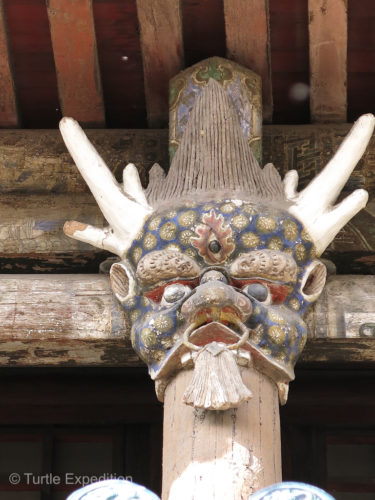
This is what you feel like after holding up a building for a few hundred years. Does anyone have an aspirin please?
Caves 7-12, had more representations of bodhisattvas, triads of the Buddha, flying apsarasas (heavenly beings), heavenly musicians and jatakas, (stories from the lives of historical Buddhas), and ornamental reliefs covering the walls, ceilings and entrance.
If you want to be even more amazed, as we were, take into consideration that if you have ever been to the Vatican in Rome and walked through the Sistine Chapel and realized that Michelangelo painted those magnificent detailed images 500 years ago. Wow! Now we look at images in the Yungang Grottoes and consider that they were not only painted, about 1,500 years ago, but also first had to be carved out of solid stone. Double wow!
Back on the road, we altered from super toll-road to more interesting small towns. To our relief, heavy traffic was going the other way. We were able to pick up some supplies at produce stands along the road. Our goal was to get a closer look at The Great Wall of China, which we had previously seen the Western Terminus of. We expected more crowds this time.
- The modern entrance to the Yungang Grottoes led us over a small lake to a fabulous museum.
- A long colonnade was lined with beautiful elephant columns.
- The museum was quite interesting but no photos were allowed.
- The smell of incense was in the air as we walked to the grotto cliff.
- It was a very holy site for many people.
- This “art tree” may have replaced an ancient tree standing on the same spot.
- Temples built into the cliff were very ornate as we had seen at the Hanging Monastery the previous day.
- We saw these guys before, holding up posts and buildings.
- This is what you feel like after holding up a building for a few hundred years.
- All along the cliff there were small chapels and walls of various Buddha figures.
- This dragon must have some special meaning. We only saw one.
- An avid Buddhist could tell you what the story was about — maybe.
- There are 53 major caves, along with 51,000 niches housing the same number of Buddha statues.
- This was the largest Buddha open to the outside.
- Traffic in the small towns was much more interesting than the highways.
- A fake policeman directing traffic.
- Fortunately the heavy truck traffic was going the other way.
- Same old thing, and yes, hard to stay alert sometimes.
- Road-side stands sold fresh Chinese dates. Of course, Green wanted us to try them. They were tasty.



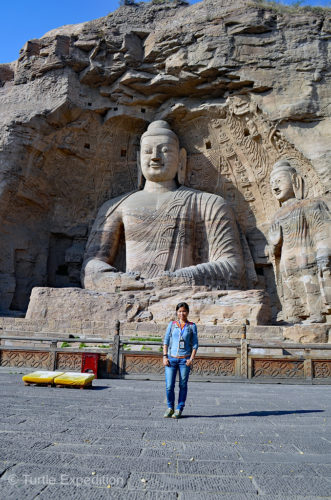
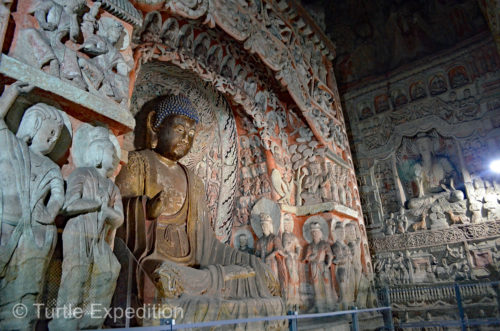
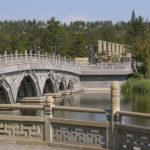
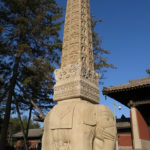
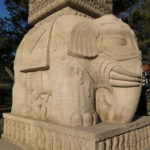
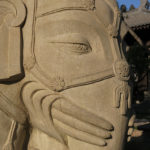
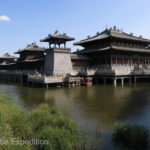

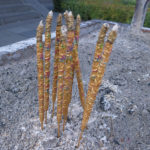
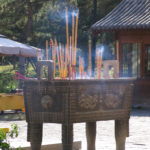
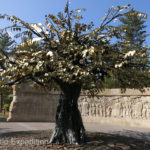
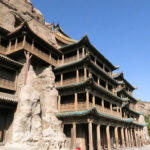
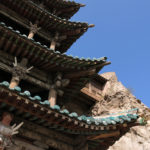
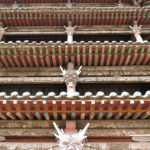
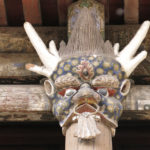
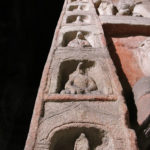
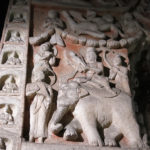
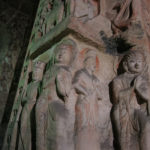
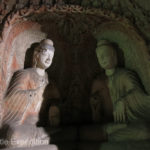
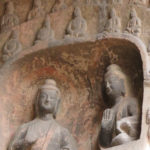
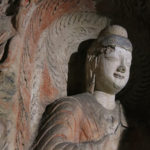
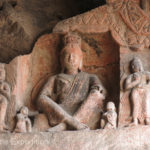
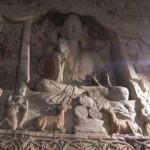
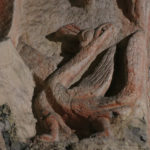
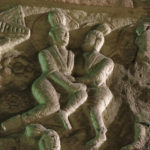
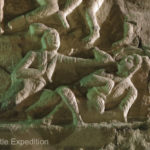
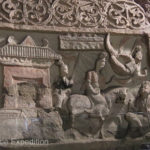
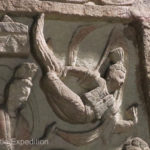
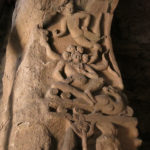
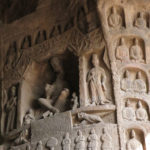
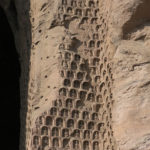
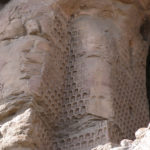
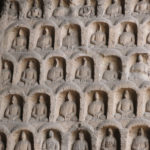
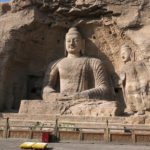
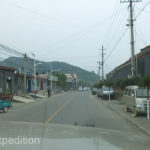
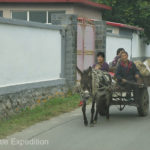
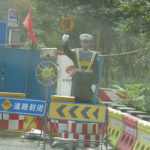



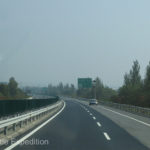
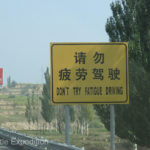
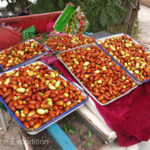
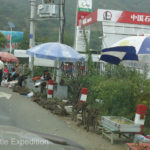





Leave a Comment